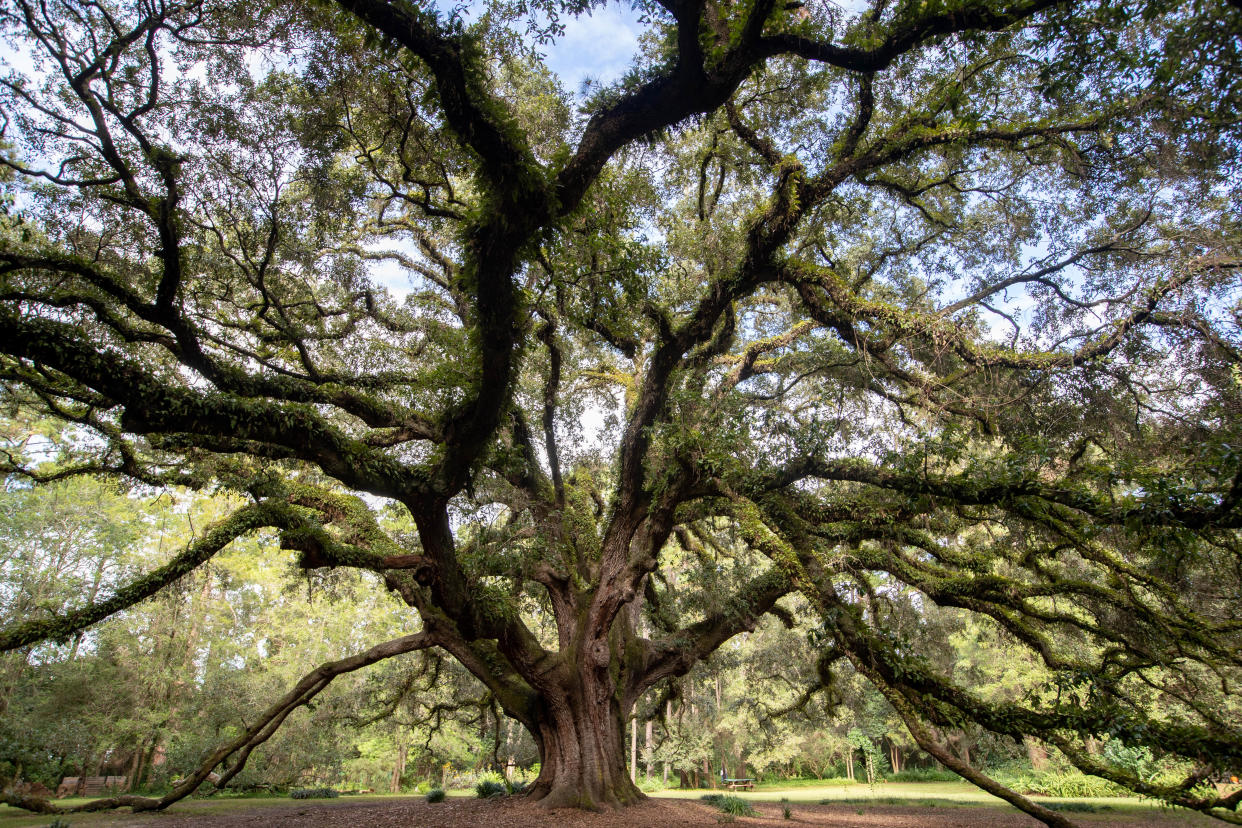From the extension: Your guide to trees on Arbor Day

The third Friday in January is the official date for Florida Arbor Day. Due to our warmer climate, we celebrate Arbor Day early in Florida compared to National Arbor Day on the last Friday in April.
Not having to worry about frozen ground, like our neighbors to the north, we are able to plant earlier in the year.
Tree give-a-way events start this week. Locally, the City of Tavares is hosting its Annual Arbor Day event on Saturday in Wooten Park from 9 a.m. to 1 p.m. Keep an eye out in your area for an event near you. The Tavares event has several tree species available. At 9:30 a.m., I am giving a talk on selecting the right tree for the right place in a landscape. If you'll miss my talk about these trees at the event, here is more information about the trees.
More from the extension: A new year brings new goals to the table
On tap this weekend: Martin Luther King events, trivia, a food truck rally and more
From the Extension:: Winter weather and its impact on food crops
Dahoon Holly (Ilex cassine)
Growing to heights of 20-30 feet with a spread of 2-12 feet, this pyramidal-shaped tree prefers full sun to part share. The moderate growth rate, smaller size and greater disease resistance makes it a good alternative to the American Holly tree. Native to wet, swampy soils, this tree prefers moist soils.
River Birch (Betula nigra)
Despite the name, this tree can live in both wet and well-drained soils. Reaching heights of 40-50 feet with a spread of 25-35 feet, this tree provides visual interest with its exfoliating bark. Plant in areas of full sun to part shade. While there are no major pests or diseases, being at the southernmost end of the plant's growth range can result is smaller trees.
Pecan (Carya illionesis)
Are you looking for a larger tree that provides food? Try a Pecan. With mature heights between 70-100 feet with a 45-75 foot spread, this is a wonderful canopy tree. Able to grow in full sun to part shade, this tree can be planted in place of oak trees for a similar look. The nuts will attract wildlife as it matures in the early fall.
Live Oak (Quercus virginiana)
Live Oaks are often thought of when you think of large oaks in the south dripping with Spanish moss. The trees are wider than they are tall at maturity, be sure there is enough room for them to grow. Heights range from 60-80 feet with a spread of 60-120 feet. Trees in open areas grow wider, while trees planted in clusters will remain narrower. Requiring full sun, these mighty giants naturally grow limbs close to the ground for stability. It is not unusual for the limbs to touch the ground as the tree ages.
Long Leaf Pine (Pinus palustris)
Longleaf pines are interesting trees. They are well adapted to fire with 3 distinct growth stages. The grass stage allows for the growth of one of the most impressive tap roots you will find. During this stage, the long leaves protect apical meristem (this is the main growing area) fire damage. After a few years it hits the boom growth stage. This is because BOOM! It goes from the grass stage to about 6 feet seemingly overnight. This growth spurt moves the apical meristem quickly above the average grown fire height, protecting it yet again. As it enters the adult state, the flaky bark breaks off if exposed to fire, preventing it from reaching the canopy in all but the worst crown fires. Plant this tree in well-drained sandy soils with access to full sun. The tree is only 30-40 feet wide while reaching heights of 60-120 feet.
Additional trees available at this event:
Jamie Daugherty is the Residential Horticulture Agent of the UF/IFAS Lake County Extension office. Email her at jdaugherty@ufl.edu.
This article originally appeared on Daily Commercial: From the UF/IFAS extension: Your guide to trees on Arbor Day

